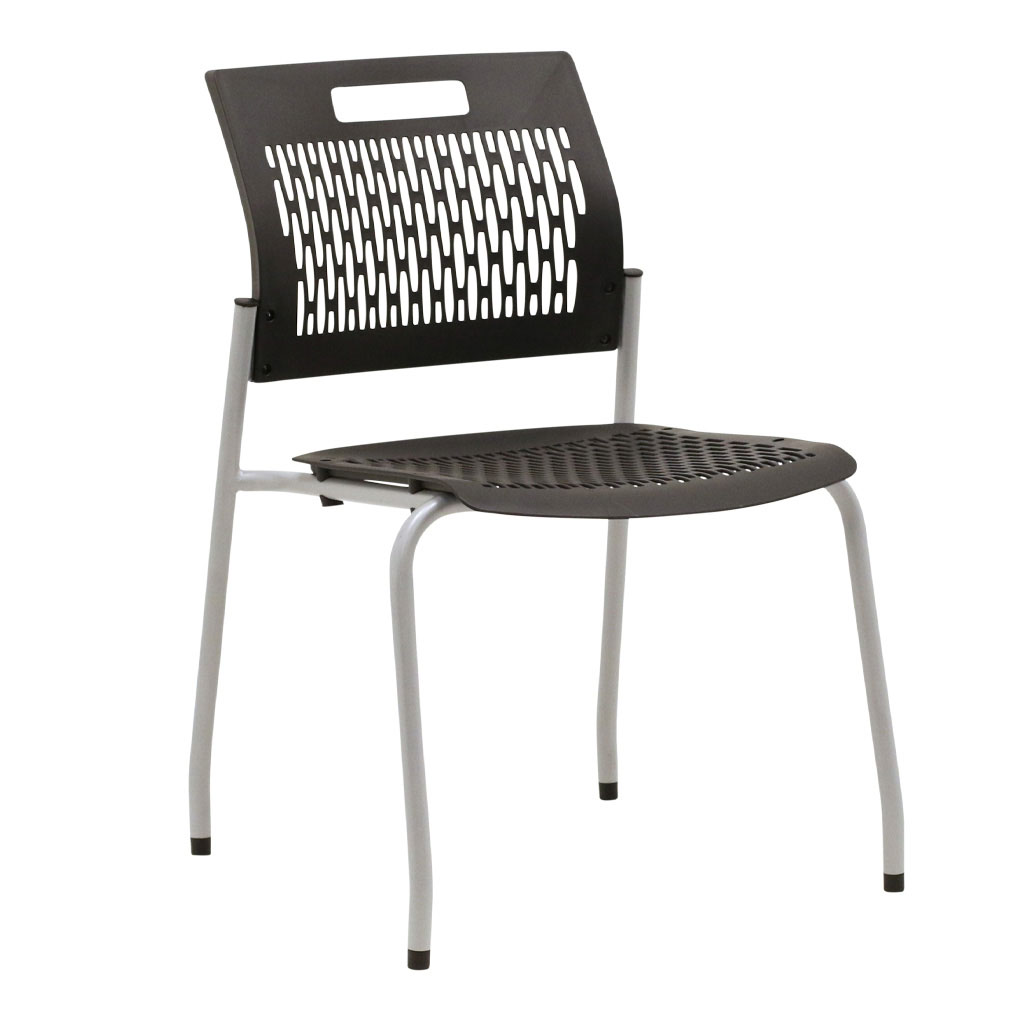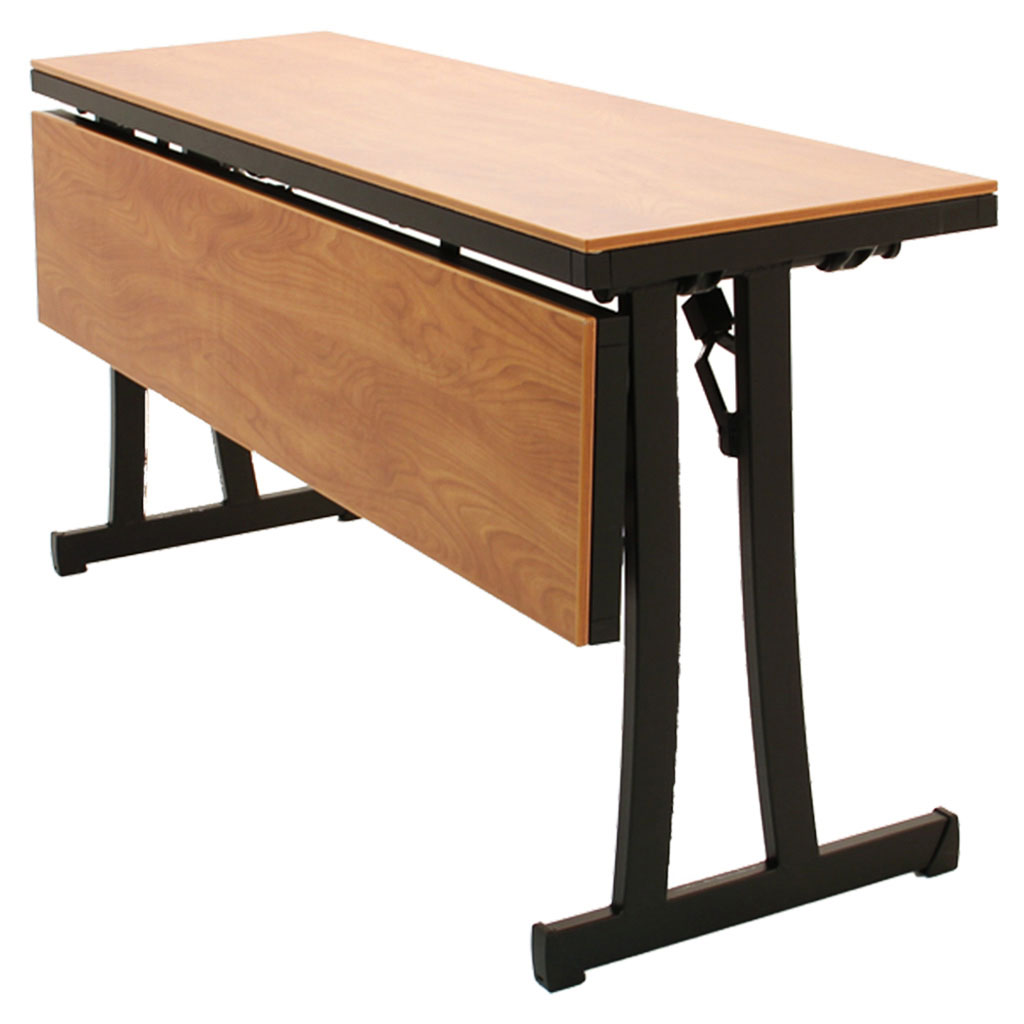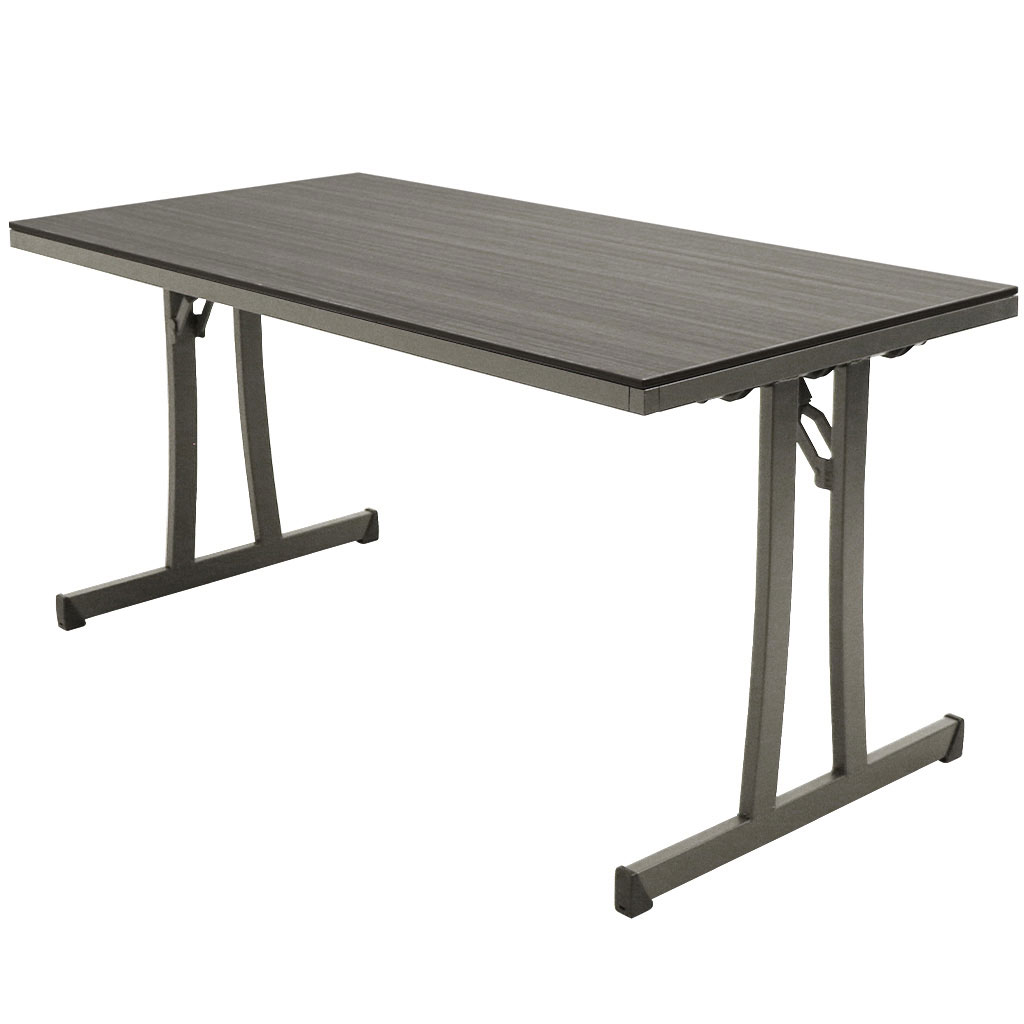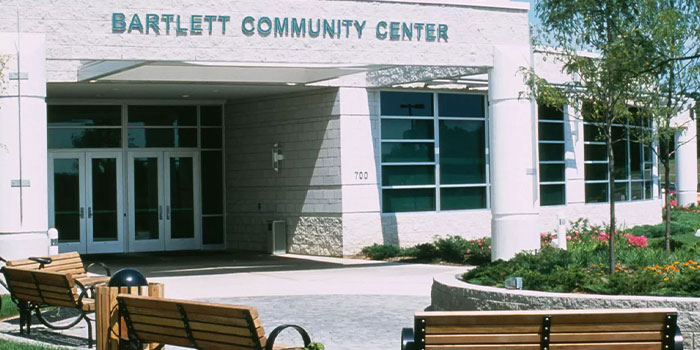
En matière d'éducation, l'aménagement et la conception d'une salle de classe sont essentiels à l'environnement d'apprentissage de vos élèves. Au début de l'année scolaire, les enseignants commencent souvent le processus d'aménagement de la salle de classe en choisissant la disposition des bureaux. C'est l'élément de conception de la salle de classe qui est le moins susceptible de changer au cours de l'année scolaire, même si le fait de le modifier peut améliorer l'apprentissage de certains élèves.
Les méthodes d’enseignement évoluent et la conception des salles de classe des lycées doit s’adapter en conséquence. Lors de l’aménagement de la salle de classe, les enseignants peuvent aider les élèves à s’épanouir de trois manières : en leur offrant une salle de classe plus flexible, en rationalisant la décoration et en les connectant à la technologie. Se concentrer sur ces facteurs clés peut aider les enseignants et les écoles à créer les meilleurs lieux d’apprentissage possibles.
1. Concevoir pour la flexibilité
L'époque des cours magistraux du style « Bueller ? Bueller ? » est révolue. Les cours d'aujourd'hui combinent des cours magistraux, des travaux de groupe, des recherches en ligne, des séances de brainstorming et une myriade d'autres activités.
L'aménagement des salles de classe des lycées doit refléter les interactions actuelles entre les élèves et les enseignants, plutôt que les cours monotones d'une heure et demie à chaque période de cours. Une disposition flexible du mobilier peut être un avantage considérable. Certains semestres, vous pouvez regrouper les bureaux pour favoriser l'apprentissage en groupe et le sentiment de communauté, et d'autres fois, vous pouvez opter pour des rangées traditionnelles.
Les bureaux et tables individuels peuvent être disposés de différentes manières en fonction des besoins : en rangées, en petits ou grands groupes, en cercle autour de la classe ou facilement déplacés sur les côtés pour créer de l'espace. Certains enseignants installent les bureaux par deux et les camarades de classe travaillent en équipe pendant un semestre à la fois. Cela fonctionne bien pour les mathématiques, les sciences et d'autres matières pratiques où il est plus utile d'avoir quelqu'un pour vérifier votre travail que de converser avec l'ensemble du groupe.
Si vos bureaux sont lourds et difficiles à déplacer pour les élèves pendant le cours, pensez à en avoir chaises empilables confortables dans un coin. Les élèves peuvent utiliser ces chaises pour travailler en groupe.

2. Moins c'est plus
Il est temps de réduire la décoration des salles de classe. Aussi amusant que cela puisse être d'ajouter de la personnalité, trop peut être une distraction ou un irritant. Vous n’êtes pas obligé de perdre les éléments qui rendent une pièce spéciale, mais gardez-la pertinente.
Comme l'écrit Nicholson Baker, auteur de Substitute: Going to School with a Thousand Kids,a déclaré dans The Atlantic« … Les murs des pièces dans lesquelles je faisais des remplacements étaient souvent couverts d’une profusion polychrome de trucs : des affiches et des tableaux, des règles et des exhortations, des personnages de dessins animés et des listes de mots-clés. Parfois, le décor fonctionne à merveille, parfois non. En général, moins c’est plus. »
Cette recommandation de minimiser la décoration des salles de classe est appuyée par la science. Des études indiquent que l’attention des élèves diminue lorsque la décoration des salles de classe est plus importante.1
3. Mise sous tension
Alors que de plus en plus d’étudiants utilisent des ordinateurs portables et des iPad en classe, l’accès à l’électricité devient plus une nécessité qu’un simple atout. Équiper certaines ou toutes les tables de la classe d’électricité « permet à l’espace de servir soit d’environnement informatique individuel et riche en technologie, soit de salle de classe générale »,selon Kimberly Coffeen, planificateur principal des établissements d'enseignement chez LPA.

Tables avec alimentation intégrée ou bornes de recharge désignées Les tables de recharge sont un excellent moyen de garder les appareils de vos élèves alimentés pendant les cours. Si vous n'avez pas le budget pour une table avec alimentation intégrée pour le moment, essayez d'utiliser un vieux bureau ou un bureau d'ordinateur portable roulant. Placez le bureau à proximité de plusieurs prises de courant ou utilisez une multiprise. La dernière étape consiste à ajouter des câbles de charge qui ont été clairement identifiés comme appartenant à votre salle de classe. (Les câbles ont tendance à s'envoler.) Votre station de charge de classe est maintenant prête.
Conclusion finale : la conception intentionnelle des salles de classe est gagnante
Construire de meilleures salles de classe pour l’enseignement secondaire peut sembler une tâche ardue, mais de petits changements peuvent contribuer à jeter les bases d’une bonne expérience éducative pour les élèves, aujourd’hui et à l’avenir. Prenez le temps de réfléchir à la meilleure façon d’aménager la salle de classe pour favoriser l’apprentissage.
Il est courant de réorganiser les bureaux et les meubles au début de l'année scolaire, mais changer les choses à la fin d'un semestre présente également des avantages. Un changement pourrait être exactement ce dont vos étudiants ont besoin alors qu'ils se préparent aux examens d'entrée à l'université. Tenez compte des bornes de recharge, de la disposition des meubles et de la décoration de votre salle de classe, et utilisez votre créativité pour créer un environnement de classe où les étudiants s'épanouiront.
Références
- Fisher, Anna V., Godwin, Karrie E. et Seltman, Howard, « Environnement visuel, répartition de l’attention et apprentissage chez les jeunes enfants : quand trop d’une bonne chose peut être mauvaise. » APS (Association pour les sciences psychologiques). Volume 25, numéro 7. https://doi.org/10.1177/0956797614533801
Produits présentés dans cet article

Chaise empilable Adapt
1 couleur de plastique, 1 couleur de cadre

Table Duo sans lin Reveal
5 tailles de tableaux

Table à largeur fixe sans lin Reveal
9 tailles de tableaux


